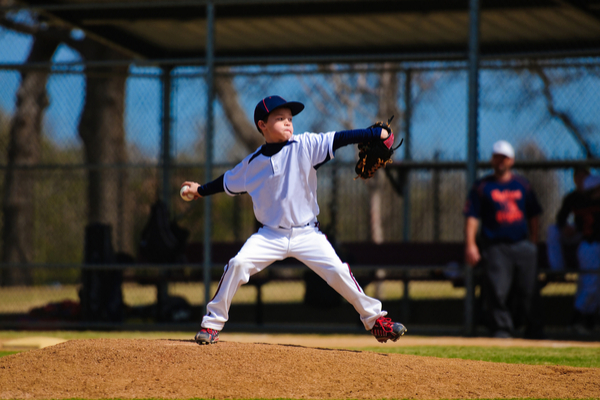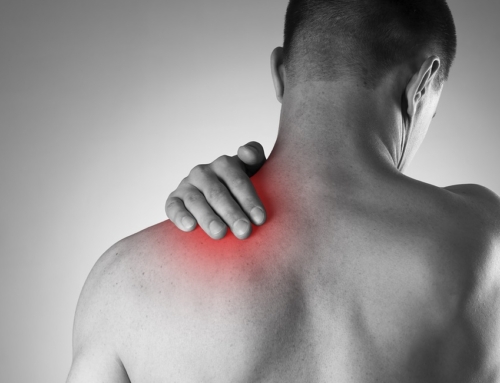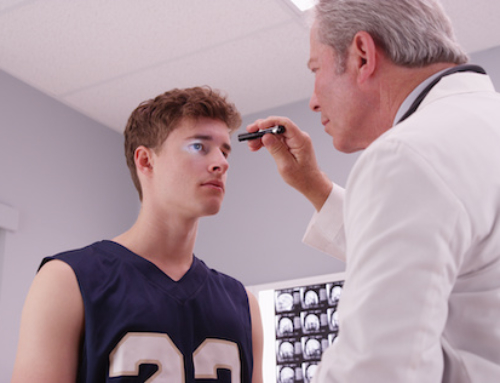Athletes that are required to repeatedly throw overhand put themselves at a considerably higher risk for stress-induced injuries of the shoulder. Without proper rest, frequent overuse of the muscles and ligaments that connect the humerus bone to the glenoid socket can become strained, especially in young children and adolescents. To help prevent this from happening to your child, we’ve put together a number of ways to treat and prevent little league shoulder.
What is Little League Shoulder?
Little league shoulder is a type of stress-induced injury that typically affects both boys and girls until their mid-teens. Common among children who play sports that involve overhead throwing, little league shoulder can affect athletes who play baseball, softball, tennis and volleyball. Varying versus injuries in adults, shoulder injuries attained by children under 16 directly affect the growing bones that make up the shoulder. Repeated stress to the humerus causes the growth plate to widen, potentially leading to bone damage if untreated. With the proper rehabilitation program and recommended rest, little league shoulder can be corrected before any serious damage occurs.
Common Symptoms of Thrower’s Shoulder
In addition to overuse and lack of rest, poor throwing technique and body mechanics increase your child’s risk of little league shoulder. As more children participate in sports year-round, the consistent strain on developing shoulders contributes to an increased chance of developing thrower’s shoulder. Symptoms to be aware of include conditions of pain in the shoulder (during use and rest), swelling, reduced range of motion, decreased mobility and elbow pain. A physical examination and x-rays are often required to properly diagnose shoulder injuries.
How To Prevent Shoulder Injuries
As with all injuries, there is no definite way to completely prevent injury. The best way to avoid developing any form of thrower’s shoulder is to limit the amount your child performs the motions of throwing and allow ample recovery time in between games. In an effort to reduce the number of adolescent baseball players who injure themselves during games, Little League Baseball adopted a standard that outlines pitch limits based on age. This list has been updated since its introduction back in 2007 to confirm an age-appropriate limit as well as the required amount of rest days after a game. Utilizing proper warm-ups and stretching techniques will allow shoulder muscles to move more freely and reduce the possibility of strain. Children should not “play through the pain” by any means. If your child is experiencing pain while throwing he or she should be taken out immediately as this can be an indication of stress.
Little League Shoulder Treatment
The best thing to do when suffering from any joint related injury is to rest the affected area. The importance of rest is especially imperative when discussing a child’s recovery due to the vulnerability of their developing body. To ensure your child’s recovery, he or she may be restricted from gameplay for a few months. During this time, icing the injured shoulder will help relieve swelling and inflammation. For advanced cases of little league shoulder, physical therapy or arthroscopic surgery may be required. A small camera called an arthroscope is inserted into the shoulder joint through a small incision. This performance of arthroscopy allows a surgeon to repair damage to the surrounding tissue and ligaments.
Shoulder Pain Relief in Illinois
Don’t let little league shoulder keep your child sidelined. If your child is experiencing prolonged shoulder pain, schedule an appointment with us immediately. Dr. Chams and his expert team are dedicated to providing the best orthopedic care for both children and adults. Stop by one of our locations or call us at (847) 247-4000 today for comprehensive support.







